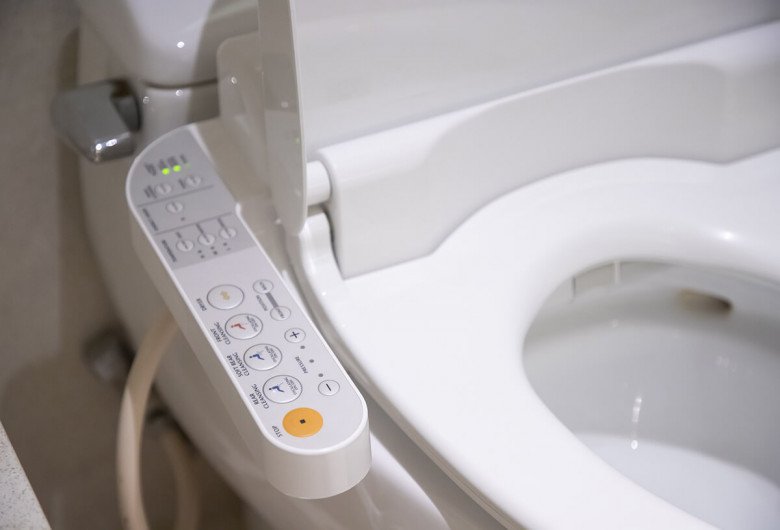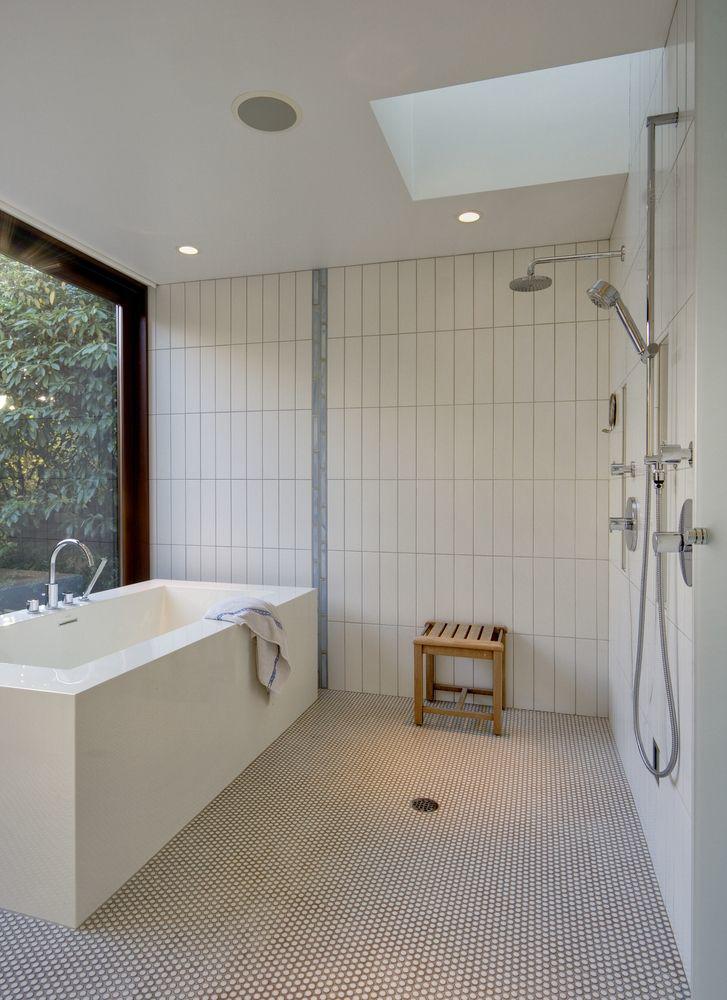Let’s explore the reasons why Japanese people choose to separate their toilets from their bathrooms and the benefits of this arrangement!

In Japan, the bathroom and toilet are two completely separate spaces, always kept clean and hygienic.
Separating the toilet from the bathroom elevates the living space
While most of the world combines the two for convenience, the Japanese have a different perspective. In a survey, over 80% of Japanese respondents considered separate bathrooms and toilets as a crucial factor when buying or renting a new apartment.
Japanese culture highly values bathing, considering it a ritual to wash away the dirt, stress, and fatigue of the day. It is a time to relax and unwind after a long day. As a result, Japanese families often invest in large bathtubs and decorate their bathrooms to create a spa-like atmosphere with essential oils, artwork, and plants. The bathroom is seen as a place of “purification,” while the toilet is associated with “waste.” By separating these spaces, the Japanese ensure a heightened living experience.

The Japanese have a custom of indulging in long soaks in the tub, often transforming their bathrooms into relaxing sanctuaries.
Moreover, separating the toilet and bathroom might seem like a waste of space, but it is actually an efficient use of space. By having separate areas, family members can use the facilities simultaneously without waiting or rushing each other, thus saving time and aligning with the Japanese focus on efficiency.
Hygiene and safety are prioritized by keeping the toilet and bathroom separate
The Japanese are known for their cleanliness and attention to health. Toilets, being a haven for bacteria, can spread these microorganisms during flushing. Separating the toilet and bathroom reduces the spread of bacteria, prevents infections, and makes cleaning more accessible.

Japanese toilets are equipped with modern features, some of which require electrical power.
Additionally, modern Japanese toilets have various advanced features, many of which require electricity. Keeping the toilet separate from the bathroom helps maintain a dry environment, enhancing safety and preventing accidents.
The unique layout of a Japanese bathroom
The Japanese focus on the bathing experience and hygiene is reflected in their bathroom layouts, which have some unique features.
Typically, a Japanese bathroom consists of a foyer area with a sink for handwashing and a space to change clothes. Following this is the bathing area, which includes a shower space and a bathtub. In Japanese culture, family members often take turns using the same bathwater. To maintain hygiene, they first rinse their bodies under the shower before soaking in the tub for 20-30 minutes.

A basic layout of a Japanese bathroom, showcasing the separate areas for bathing and changing clothes.
Japanese bathrooms are also equipped with the following:
– Non-slip floor mats: These are essential to prevent accidents, especially when the floor is wet.
– Small plastic stools: These provide a safe and comfortable place to sit while showering.
– Baskets and trays: These help keep the bathing area organized and clutter-free.
– Waterproof sandals or slippers: These are worn when using the toilet, ensuring dry and clean feet after leaving the bathroom.

To enhance their bathing experience and optimize space, the Japanese often equip their bathrooms with convenient accessories.

































